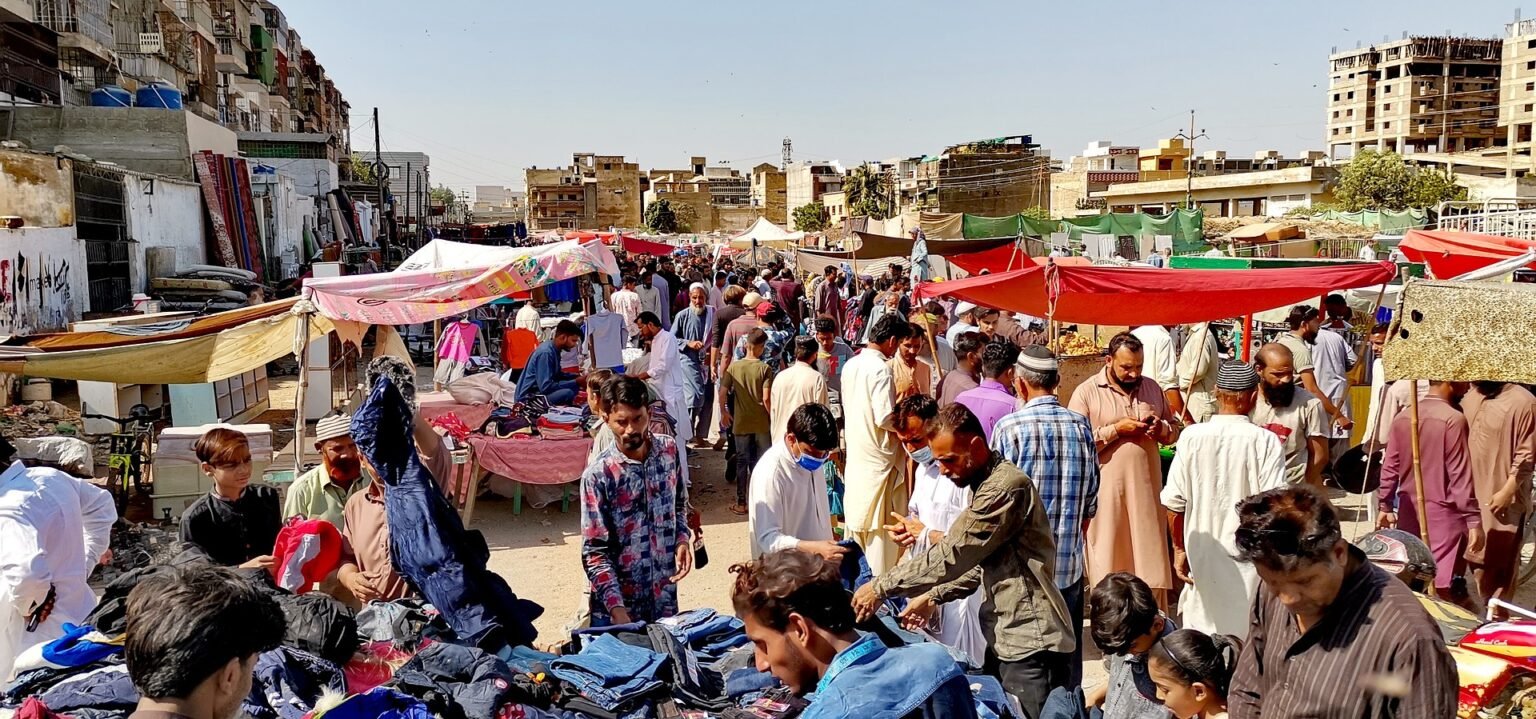Pakistan’s government continues to struggle as it hopes to fulfill requirements and meet conditions for an alleged IMF bailout.
As the government in Islamabad struggled to meet International Monetary Fund (IMF) conditions to unlock an alleged bailout, the year-on-year inflation in Pakistan hit 35.37% in March.
With month-on-month inflation at 3.72%, according to government data released Saturday, the average inflation rate for 2022 was 27.26%.
The Pakistani economy has been exacerbated by political instability, the global energy crisis, earthquakes, and the devastating floods that submerged large portions of the country in 2022. As a result, the country requires billions of dollars of financing to service existing debt. It is also worth noting that foreign exchange reserves have also dwindled and the value of the rupee diminished.
“The way inflation is rising, I believe a famine-like situation has been simmering,” said Shahida Wizarat, a Karachi-based analyst.
The country in South Asia, which is home to more than 220 million people, must implement stringent tax changes and raise energy costs if it wants to receive the following tranche of a $6.5 billion IMF loan and avoid defaulting.
According to the finance ministry, “market frictions caused by relative demand and supply gap of essential items, exchange rate depreciation, and recent upward adjustment of administered prices of petrol and diesel” are the main reasons why inflation is anticipated to remain at “elevated” levels.
Pakistan under IMF grip; conditions ‘beyond imagination’
Pakistan will have to agree to the terms of the International Monetary Fund (IMF) for a new loan, Prime Minister Shehbaz Sharif said in February 2023, describing the terms and conditions as “beyond imagination”.
Earlier this week, an IMF delegation visited the Asian country for the last attempt to set forward the financial agreement, which has been stalled for months.
The Pakistani government earlier opposed abiding by the IMF’s strict requirements on raising taxes and slashing subsidies.
“I will not go into the details but will only say that our economic challenge is unimaginable. The conditions we will have to agree to with the IMF are beyond imagination. But we will have to agree with the conditions,” Sharif stated in televised comments.
Pakistan, which is on the verge of economic collapse, has been facing a political crisis and is struggling with deteriorating social issues and security.
The country’s balance of payments crisis is one of the largest problems striking Pakistan and causing major instability in the local currency rate.
Pakistan’s foreign exchange reserves have fallen to $3.1 billion, as the country now stands at $100 billion in foreign debts and liabilities, and is scheduled to repay over $26 billion this fiscal year in foreign debts and bridge the country’s massive current account deficit due to trade imbalance.
According to the central bank, the current foreign exchange reserves are not even enough for three weeks of imports, while Pakistanis are unable to afford basic foods due to the 48-year high inflation year-on-year.
Despite earlier talks with friendly countries on financial bailouts, Pakistan was forced to give in to the IMF terms as the country faced a very critical economic and financial state and is unable to wait for the results of the talks.
Except for basic essential medicines and food, the Asian country has halted giving letters of credit (LOCs), which resulted in a backlog of tens of cargo ships that the country can no longer pay for.
Pakistan had previously entered dangerous territory following the ousting and assassination attempt on the highly popular former Prime Minister Imran Khan, and his accusation that it was a US-backed plan involving Sharif and other governmental figures.
In 2019, Khan negotiated a loan package from the IMF, however, he failed to meet the demands on cutting subsidies and market direct intervention, which caused the issue to be stalled.
This article was originally published by Al Mayadeen English.



